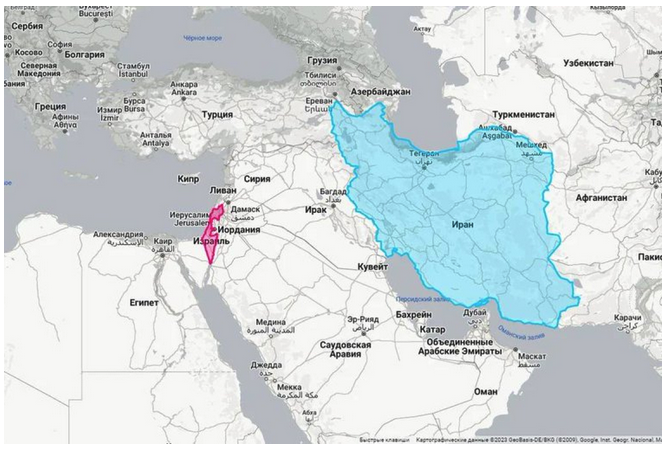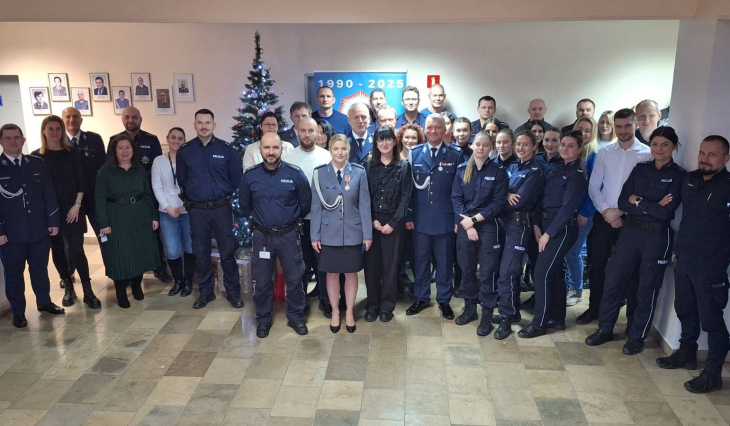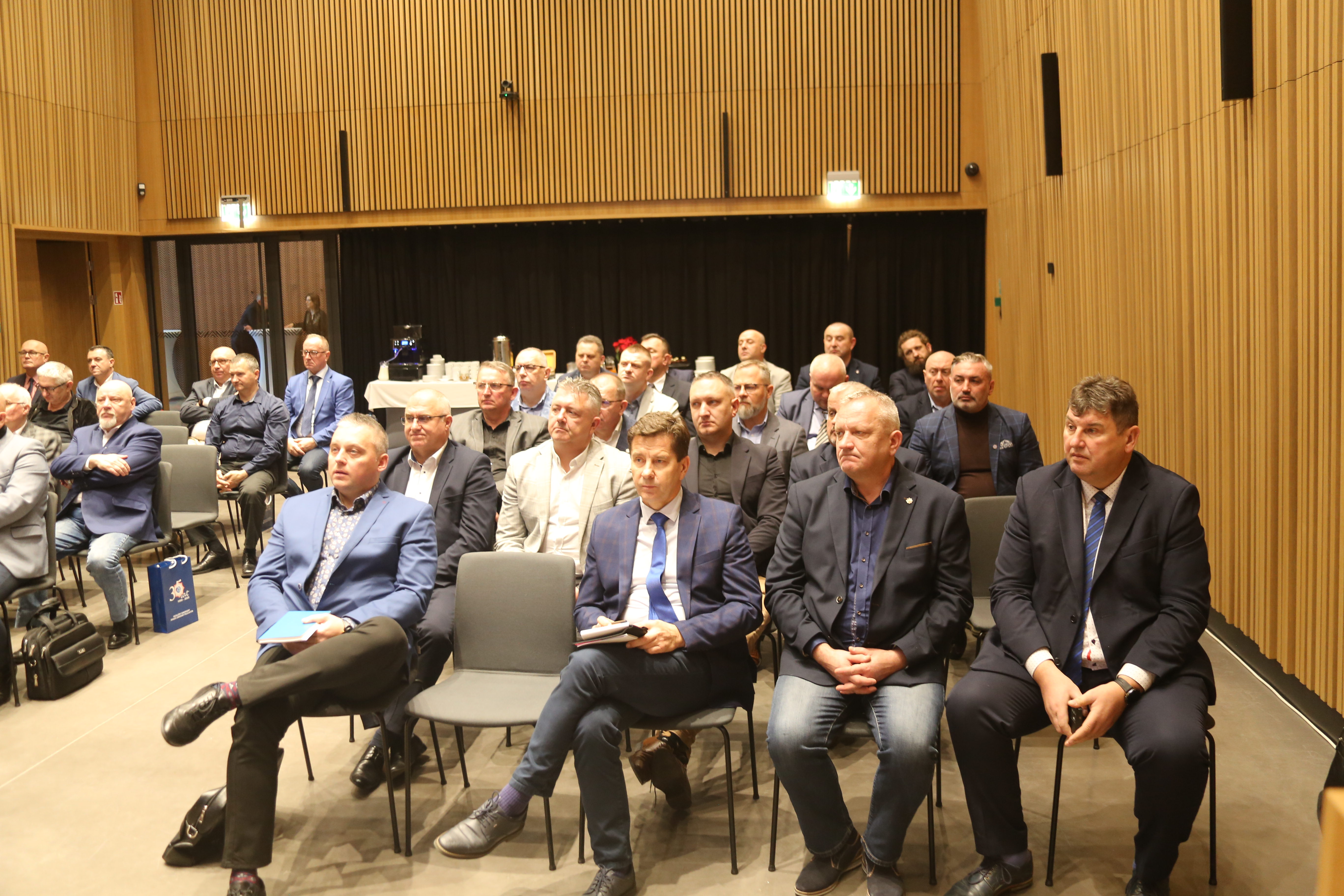
WASHINGTON- Boeing is facing ongoing challenges with its 787 Dreamliner as airlines report persistent radio communication problems even after attempted software fixes. The issue affects critical communications systems that pilots rely on for air traffic control instructions.
Despite resolving many earlier challenges, the FAA now plans to issue a new Airworthiness Directive (AD) for these aircraft. The mandate will require airlines to upgrade the operational software in their tuning control panels to ensure the safe functioning of all systems.
 Photo- Jetstar Airways; Wikimedia Commons
Photo- Jetstar Airways; Wikimedia CommonsBoeing 787 Dreamliner Concerns
While the Boeing 787 Dreamliner has revolutionized commercial aviation with its efficiency, passenger capacity, and range, its development and service entry have not been smooth.
Early versions faced serious delays and concerns, and though many of these issues were eventually resolved, new problems continue to emerge.
The aircraft has become a major commercial success despite these challenges, with airlines worldwide placing extensive orders.
The current radio communication issue represents yet another hurdle for Boeing as it works to maintain the safety and reliability of its flagship widebody aircraft.
 Photo- Heute; Wikimedia Commons
Photo- Heute; Wikimedia CommonsCritical Safety Issue
In February, the US Department of Transportation issued an advisory highlighting a dangerous flaw in the Boeing 787’s VHF radio systems. The problem causes radio frequencies to switch unexpectedly between active and standby modes without pilot input.
The issue affects all variants of the aircraft, including the 787-8, 787-9, and 787-10 models.
“The flight crew may not be aware of uncommanded frequency changes and could fail to receive air traffic control communications. This condition, if not addressed, could result in missed communications such as amended clearances and critical instructions for changes to flight path and consequent loss of safe separation between aircraft, collision, or runway incursion.”
Statement from the US Department of Transportation
Boeing responded by issuing a free software patch designed to stop the unwanted mode changes. According to US authorities, the update requires about 90 minutes to install, with an estimated labor cost of $127.50 per aircraft. Approximately 157 US airplanes were identified as vulnerable to this problem.
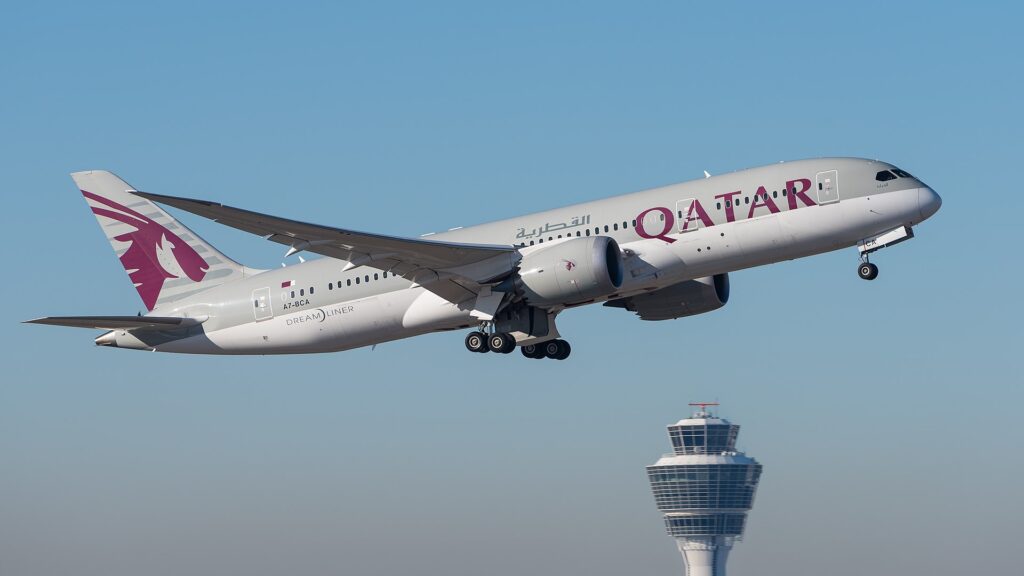 Photo: By Julian Herzog; Wikimedia Commons
Photo: By Julian Herzog; Wikimedia CommonsAirlines Express Concerns
Qatar Airways (QR), a major operator of the 787 Dreamliner, reported that it has already modified all its affected aircraft with new Loadable Software Aircraft Parts (LSAPS) on all tuning control panels as recommended.
Despite these changes, the Doha-based airline continues to experience the issue, suggesting the proposed fix may be inadequate.
The airline is asking the FAA to reconsider its approach to better address the reported problem.
American Airlines (AA), another large 787 customer, also commented on the proposed Airworthiness Directive (AD). The Dallas-based carrier requested changes to the wording in the mandate, which could potentially alter which aircraft require inspection and what modifications are needed.
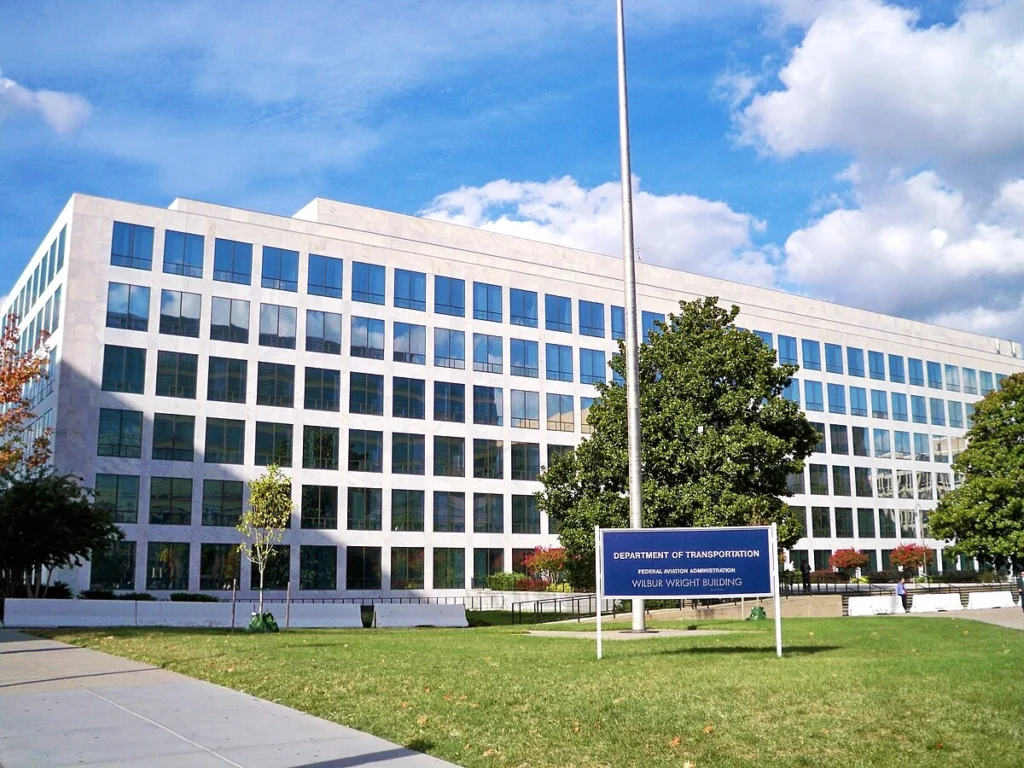 FAA Headquarters; Photo- MBisanz, Wikimedia Commons
FAA Headquarters; Photo- MBisanz, Wikimedia CommonsFAA Prepares New Directive
The Federal Aviation Administration (FAA) is now working to finalize a formal Airworthiness Directive for the affected Boeing 787 models.
An Airworthiness Directive (AD) is issued when aircraft or parts already in service are discovered to have a flaw, error, or safety concern.
The directive would require operators to update the operational software used by the Tuning Control Panel (TCP) and perform additional software configuration checks. The FAA has asked for airline feedback on the situation by April 14.
 Photo- Collins Aerospace
Photo- Collins AerospaceNext Steps
As the FAA moves toward issuing its formal directive, it will likely consider input from airlines and other industry stakeholders.
The agency must determine whether Boeing’s current approach adequately addresses the safety risk or if more comprehensive measures are needed.
For now, flight crews operating 787 Dreamliners must remain vigilant, constantly checking their radio settings to ensure they receive all communications from air traffic control—a workaround that adds to pilot workload during already demanding flight operations.
Stay tuned with us. Further, follow us on social media for the latest updates.
Join us on Telegram Group for the Latest Aviation Updates. Subsequently, follow us on Google News
Over 500 Boeing 787 with Faulty Parts Cleared Audits Amid Italian Scam
The post Boeing 787 Radio Issues Persist Despite Fix, FAA Drafting New AD appeared first on Aviation A2Z.









